Joy! NASA’s asteroid mission achieved mission impossible, created history
NASA asteroid mission has done something considered impossible and the world can sleep easier now. NASA’s Double Asteroid Redirection Test, also known as DART, has successfully managed to deflect a massive asteroid from its path after crashing its 570kg spacecraft into asteroid Dimorphos.
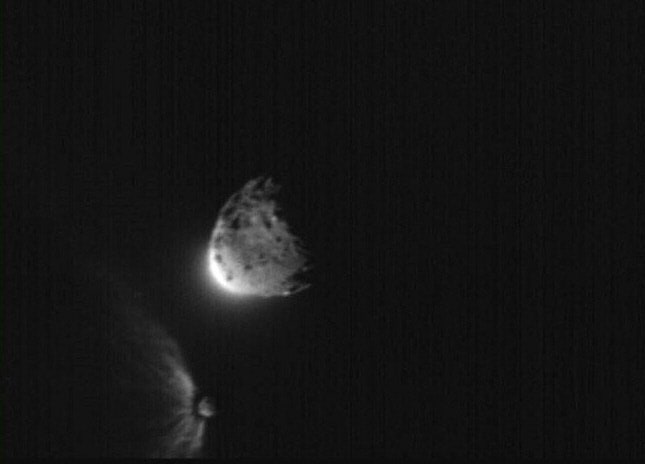
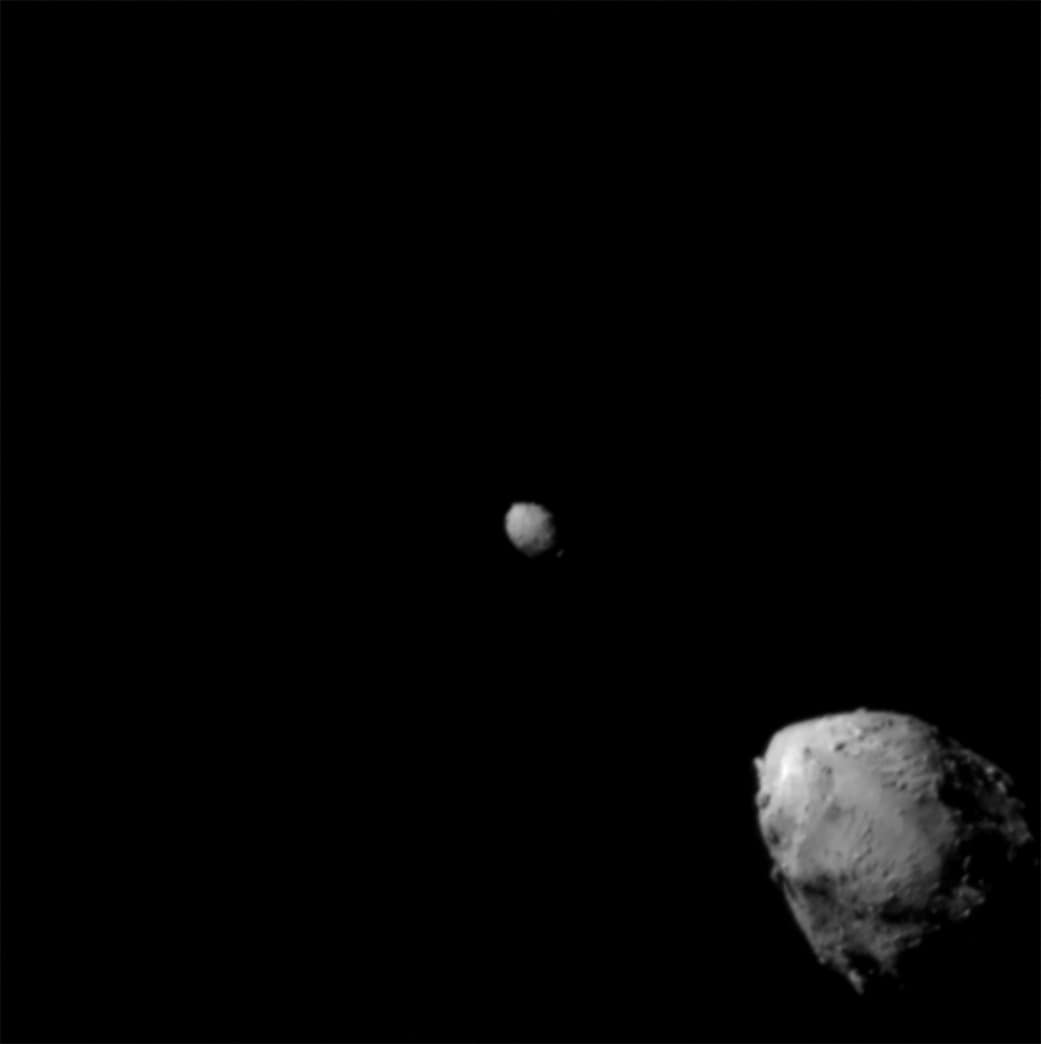

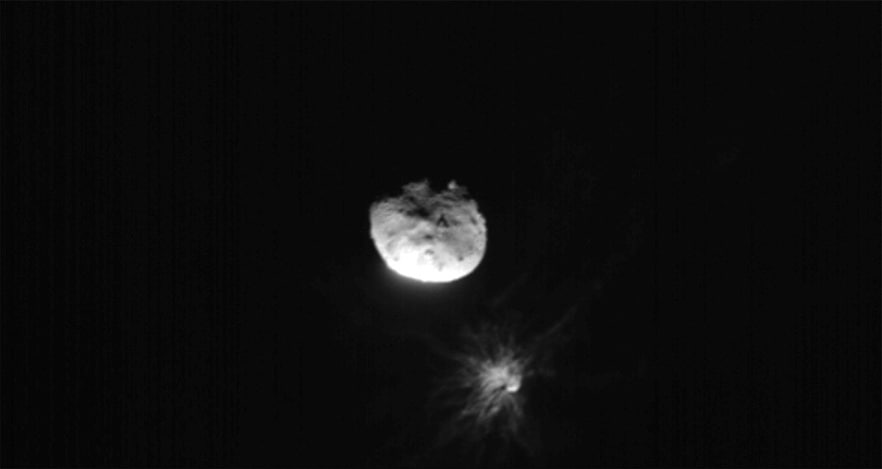

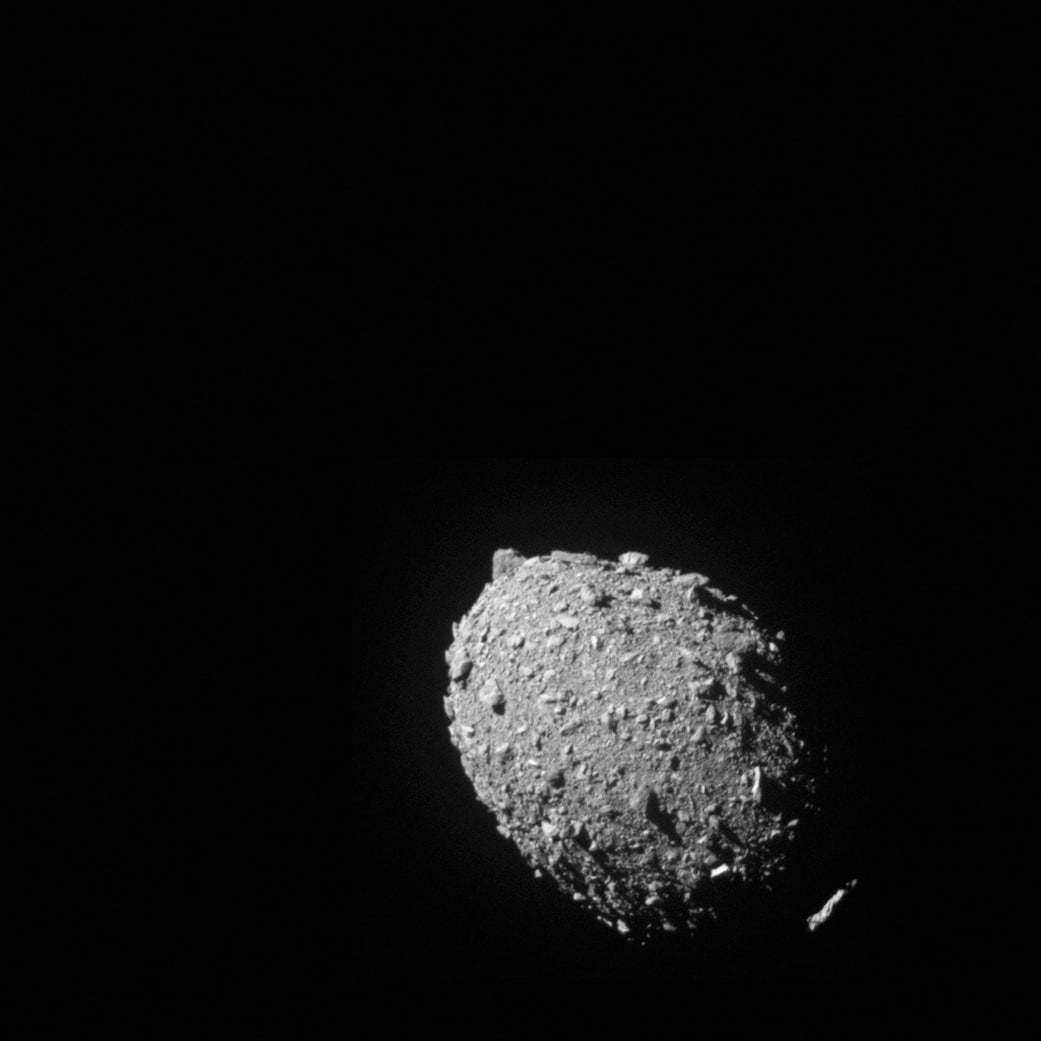

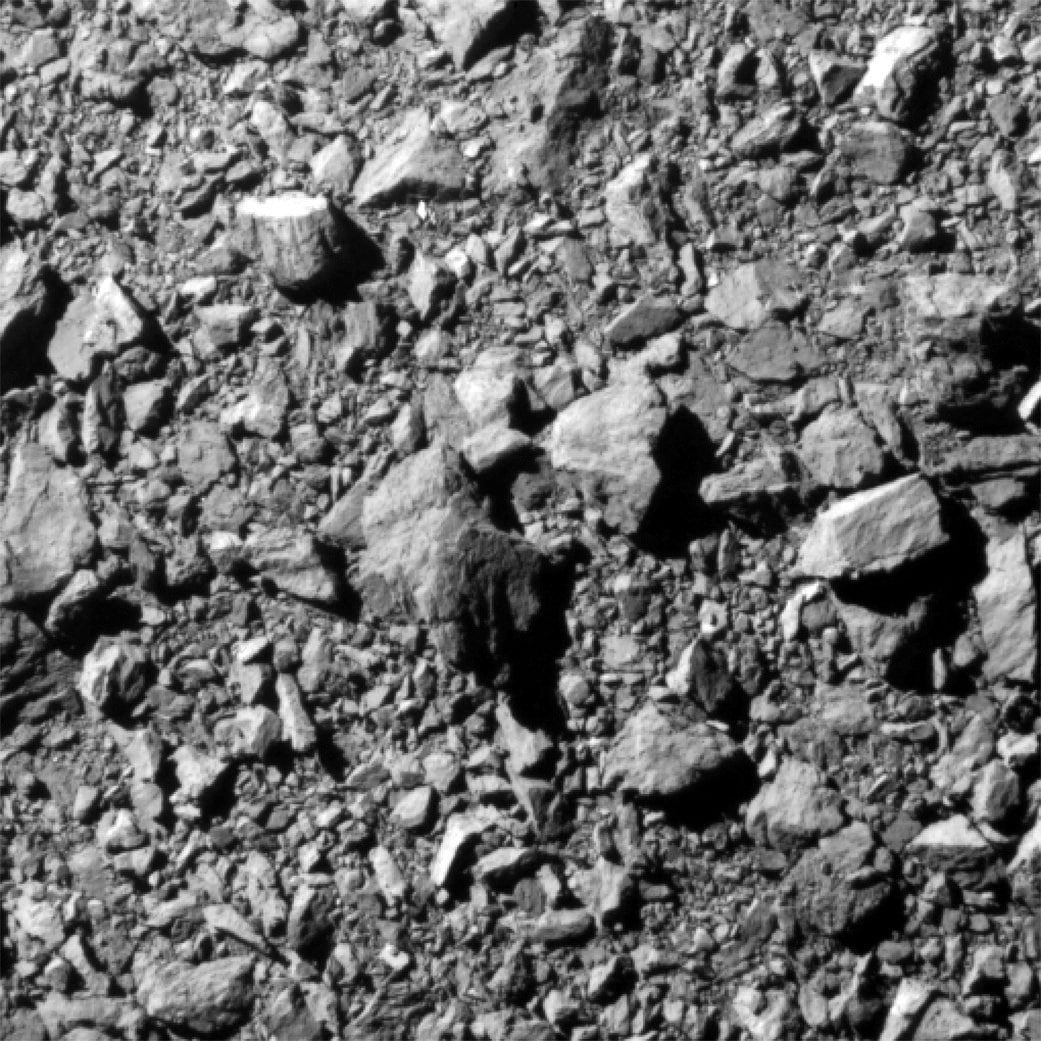
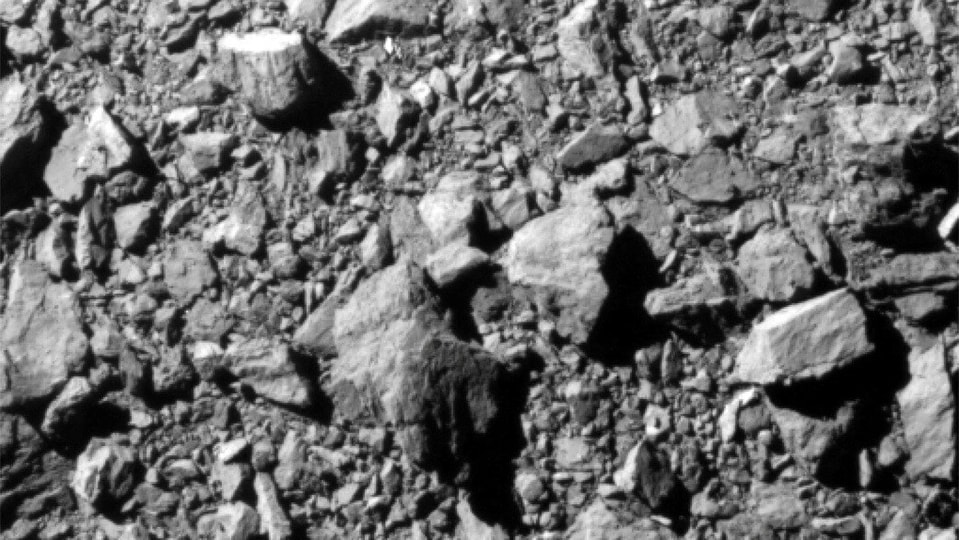
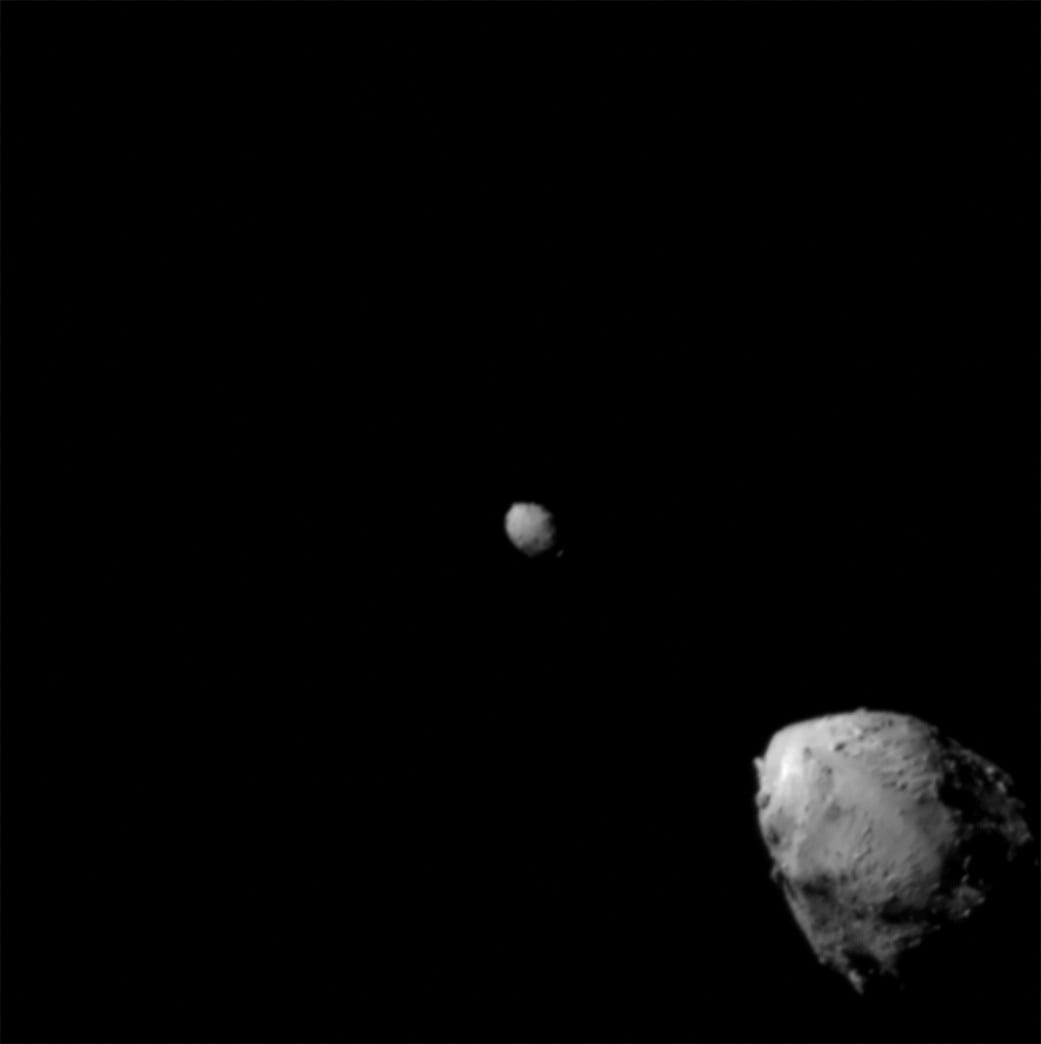

First Published Date: 12 Oct, 22:51 IST
Trending:
nasa shares 5 stunning anniversary images captured by hubble space telescope
5 space wonders captured by nasa james webb space telescope
5 breathtaking images of space captured by nasa hubble space telescope
5 mysterious images of space captured by nasa james webb space telescope
5 stunning star formation images captured by nasa james webb space telescope
5 stunning images of solar system captured by nasa james webb space telescope
5 incredible galaxy images captured by nasa james webb space telescope
5 astonishing galaxy images capture nasa james webb space telescope’s miri instrument
5 spectacular images of universe captured by nasa hubble space telescope
5 breathtaking images of galaxies captured by nasa hubble space telescope
NEXT ARTICLE BEGINS

























